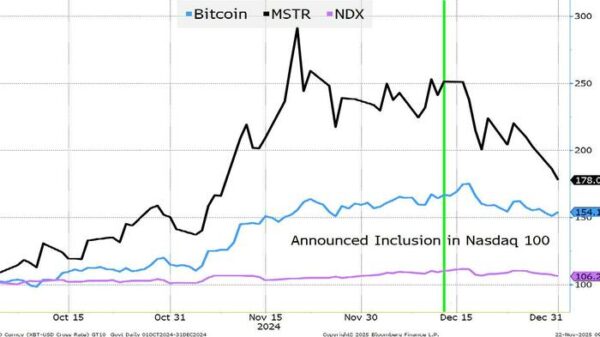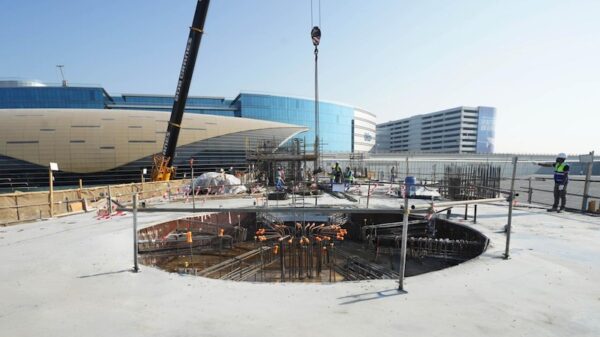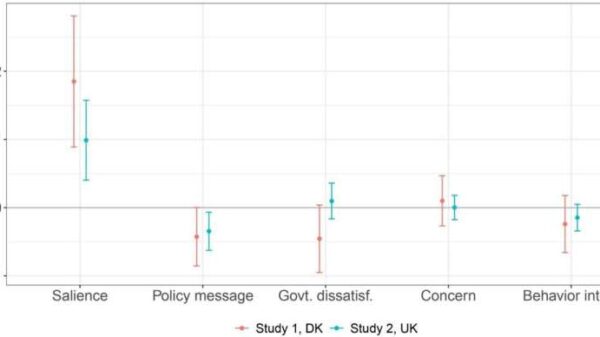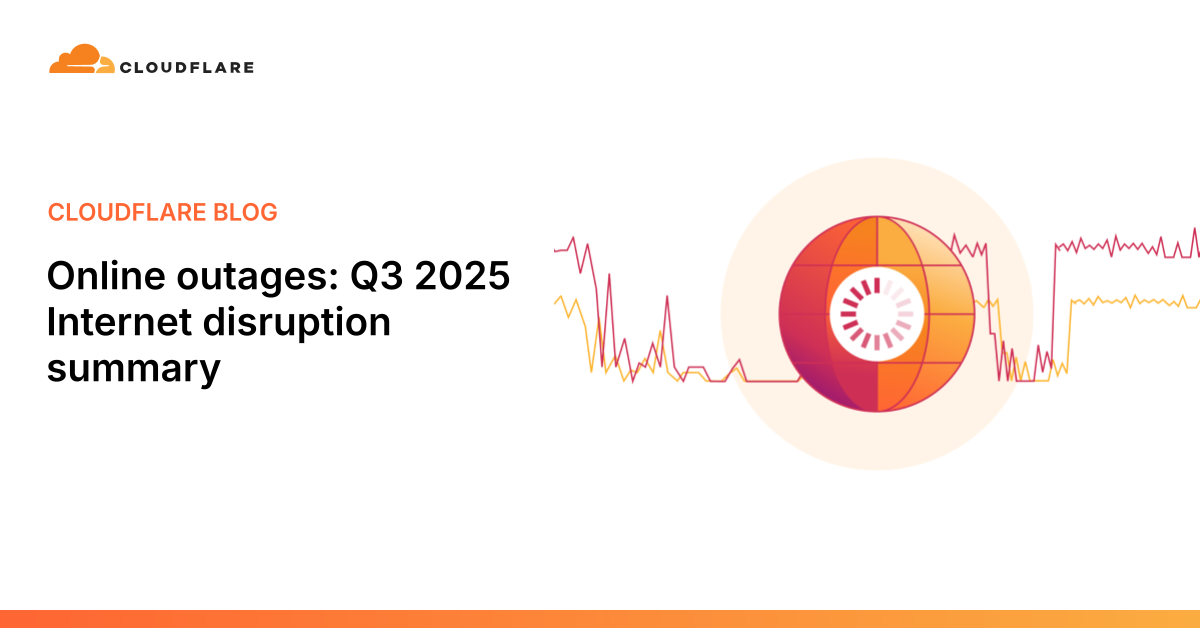During the third quarter of 2025, various Internet disruptions were reported globally, highlighting issues ranging from government-directed shutdowns to severe technical failures. These interruptions not only affected users’ online access but also raised questions about the broader implications for communication and education in several regions.
Government-Directed Shutdowns and Exam Interference
In Sudan, a series of government-imposed Internet shutdowns occurred between July 7 and July 10. Traffic dropped significantly from local providers such as Sudatel and MTN Sudan during the examination period for secondary school certificates. Observations indicated consistent disruptions between 12:00 and 15:00 UTC each day, suggesting an attempt to prevent cheating during the exams.
Syria also experienced similar shutdowns, particularly around the “Basic Education Certificate” examinations on June 21, 24, and 29. Additional outages were noted from July 12 to August 3, coinciding with the “Secondary Education Certificate” exams. The Syrian Ministry of Education acknowledged these measures in a Telegram message, claiming they were necessary to maintain the integrity of the examination process.
In Iraq, the Kurdistan Regional Government ordered Internet services to be suspended on August 23 to combat cheating during grade 12 exams. This pattern of shutdowns continued until September 8, which further emphasized the role of government regulations in controlling Internet access during critical periods.
Technical Failures and Natural Disasters
Technical issues and natural disasters also contributed significantly to Internet disruptions. A magnitude 8.8 earthquake struck the Kamchatka Peninsula in Russia on July 29, temporarily reducing Internet traffic by over 75% for several providers in the area. Meanwhile, a fire at the Ramses Central Exchange in Cairo on July 7 disrupted telecommunications services for multiple providers, including Etisalat and Vodafone Egypt.
In the United States, a stray bullet damaged a cable in Dallas on September 26, causing an Internet outage for Spectrum customers. Although the disruption lasted only two hours, it highlighted the vulnerabilities of infrastructure to unforeseen events.
On a global scale, submarine cable cuts affected connectivity between September 6 and September 7, impacting users in both Pakistan and the United Arab Emirates. Reports indicated a 25-30% reduction in Internet traffic in Pakistan due to damage to cables in Saudi waters. Providers such as Etisalat and du in the UAE warned customers about slower data services due to the interruptions.
Power Outages and Their Ripple Effects
Power outages also played a significant role in disrupting Internet connectivity. In Cuba, a collapse of the national electric power system on September 10 caused a nearly 60% drop in Internet traffic. Similarly, a power outage in Gibraltar on September 16 led to significant disruptions in Internet service.
These outages illustrate how closely the Internet is intertwined with power infrastructure. The situation was mirrored in multiple countries, including Tanzania, where a power outage on July 1 resulted in a multi-hour connectivity disruption.
As we reflect on the third quarter of 2025, the variety of Internet disruptions serves as a reminder of the challenges faced by users worldwide. From government policies to natural disasters, these incidents underscore the need for robust infrastructure and policies that can adapt to both human and environmental challenges. For a comprehensive overview of detected traffic anomalies, the Cloudflare Radar Outage Center provides detailed data and insights into these disruptions.




































































